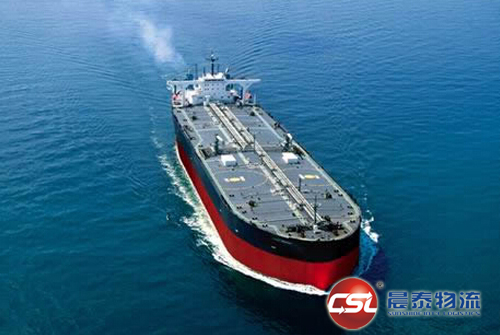
Tanker ship owners received some positive
news over the past week, as the Middle East VLCC market was more active, “on a
surprisingly long number of remaining April requirements and a modest
progression by charterers into May dates. The uptick of demand came against
uncertainty over vessel itineraries due to Asian operational delays which made
effective Middle East supply less extreme than it appeared a week ago and
helped to support a rate rebound which pared the strong losses which
accompanied last week’s demand lull. The Middle East market’s fixture tally more than doubled
on the week to a total of 23 while the West Africa market rebounded from last
week’s multiple‐year low of one fixture to five
this week. Countering the impact of West Africa’s demand return, slow demand in the Caribbean market saw at least
two fixtures ballast to service West Africa cargoes. Having dropped to as low
as ws60 early during the week, the AG‐FEAST benchmark route saw rates rebound to an assessed ws70 by the
close of the week”, said
shipbroker Charles R. Weber in its latest weekly report.
It added that “the April program now stands at 130
cargoes with further two likely remaining uncovered. Against this, there are 10
units with certain availability through end‐April dates, from which we expect two will be drawn to the West
Africa market. This implies an end‐April surplus of six units. Although more than the zero units
observed at the close of the March program, the number is largely balanced and
is in below the 9 units observed, on average, over the past 12 months and
during 2015. On this basis, we expect that rates will likely have further
upside to go as AG‐FEAST TCEs remain 10% below the average of the past 12 months and 7%
below the 2015 average. Moreover, as VLCC rate movements are frequently guided
by the immediate impact of demand levels on psychology rather than by fundamentals,
the fact that demand should prove stronger during the upcoming week as
charterers move more aggressively into the May program also supports our upside
thesis”, said CR Weber.
According to the shipbroker though,
“further forward, uncertainty remains the theme. There are 41 units available
through 10 May (including the expected surplus from April). With 8 early May
cargoes now covered, we expect a further 34 will materialize and draws from
West Africa should account for a further six units, implying a surplus of just
one unit. On paper, this supply/demand positioning should be highly supportive
of rates – particularly as some of the positions included in the tally are
uncertain (due to weather and operational issues). Simultaneously, a present
disconnect between AIS positions and advertised positions suggests a longer
number of “hidden” units. Due to internal tonnage, COA movements and other
circumstances, there is little certainty as to the extent of hidden positions,
which is why we are hesitant to suggest rates will remain directionally
stronger past the upcoming week. Structurally, fundamentals appear strong
through Q2 with operational delays likely to remain a factor on overwhelmed
Asian energy infrastructure, trade issues and recent delays at Basrah which
will start to have an impact on availability at historically strong end of the
quarter”.
Meanwhile, in the Middle East, CR Weber
noted that “rates to the Far East gained 7.5 points over the course of the week
to a closing assessment of ws70. Corresponding TCEs rose 10% to ~$59,480/day.
Rates to the USG via the Cape concluded at ws40, off 2.5 points. Triangulated
Westbound trade earnings concluded the week at ~$71,804/day – off 2%. The West
Africa market continued to trail the Middle East and after being slower to
rebound due to ballasts from the USG/Caribbean area, the region retested higher
towards the close of the week. The WAFR‐FEAST route concluded at ws70, a 5‐point gain from a week ago. Corresponding TCEs concluded at
~$56,714/day, a 7% weekly gain. The Caribbean market remained slow with limited
cargoes being worked which saw rates on the CBS‐SPORE route drop $150k to an assessed $5.35m lump sum. The
commencement of May stems during the upcoming week should help to stem rate
erosion and, subject to the extent of correlated demand, possibly support a
modest rebound”.


